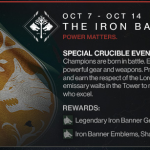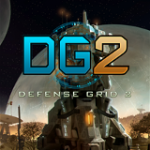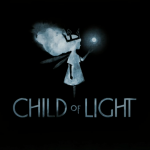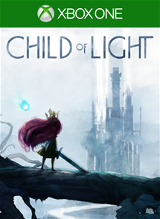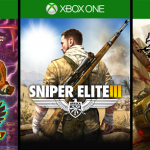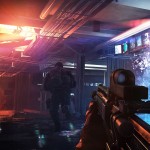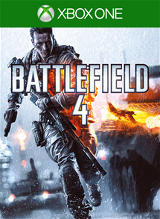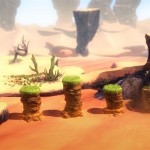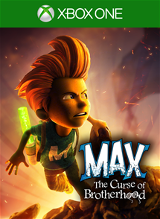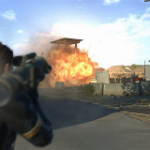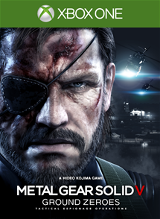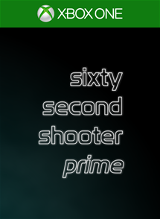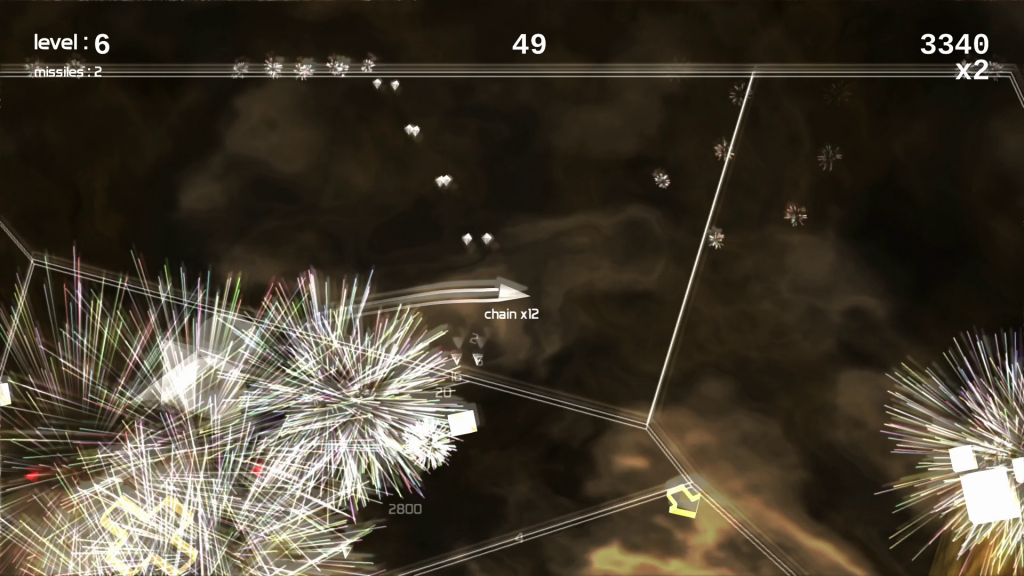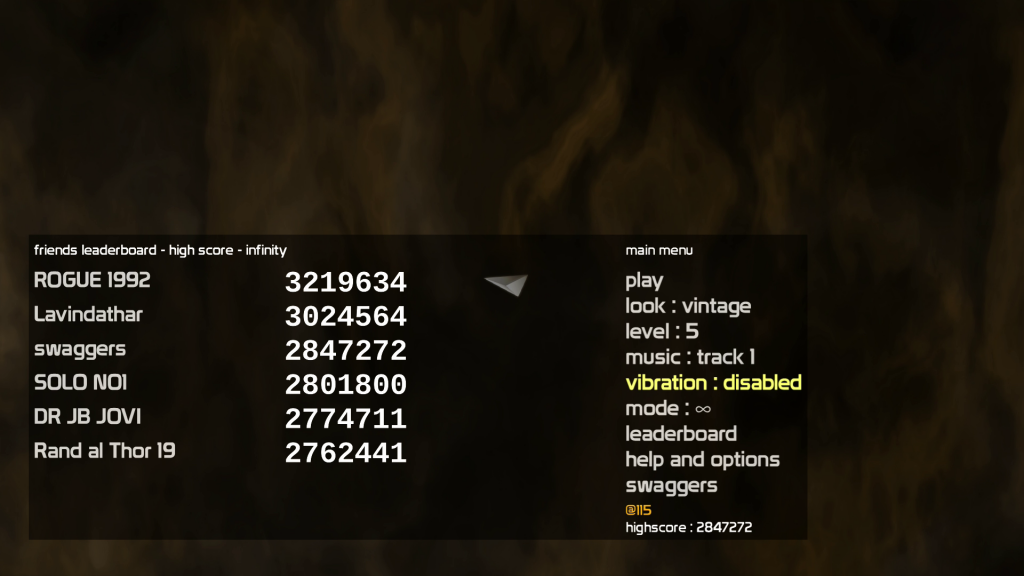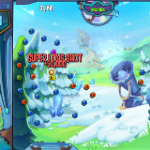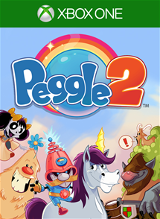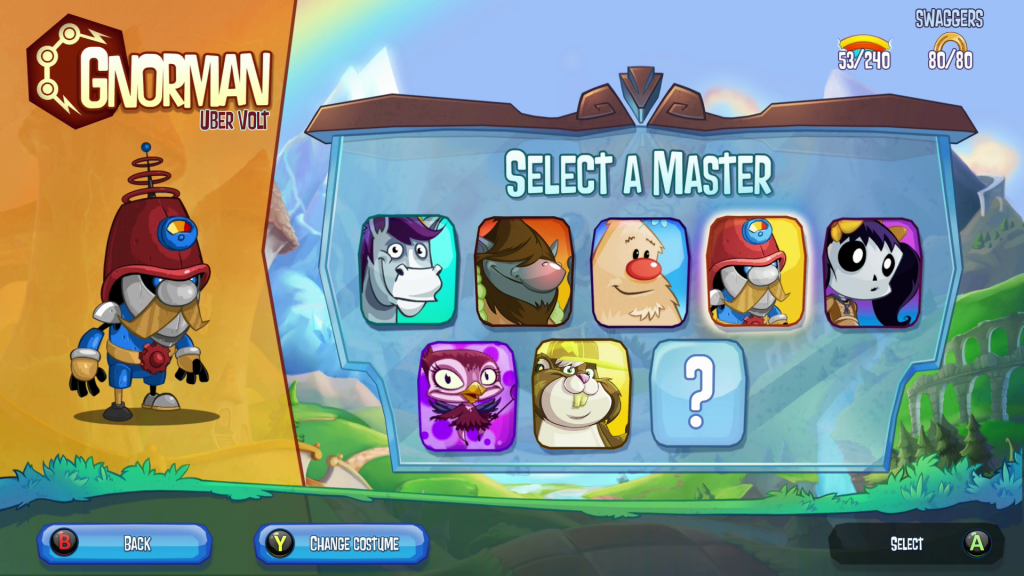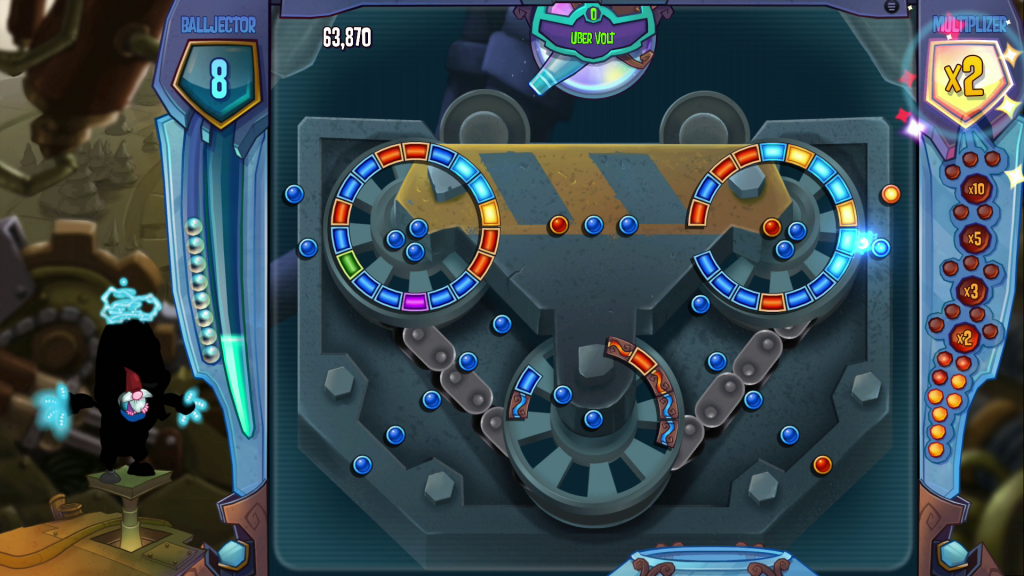Iron Banner is here! The newest update for destiny is Crucible with a twist. You know how your level, gear, and weapon’s attack don’t really influence the crucible to much? Other than providing different strategies and game-play. Well in the Iron Banner everything matters. If you’ve got Raid gear, Exotic weapons, and fully upgraded legionaries than you already have the advantage. The Iron Banner is where to go to show off how truly powerful you are with all the amazing gear and weapons you’ve acquired.
Thoughts
I wanted to quickly start off with a little bit of my own thoughts. Overall I was expecting a much bigger difference for Iron Banner over Crucible. I’m level 28 with a few really nice weapons. So I thought I’d have a big advantage over some wet behind the ears level 22 scrub. And I also thought if some Raid master level 30 guy showed up I’d be screwed. When you think about it, if you are level 20 and you try a level 26 mission it’s nearly impossible. And if you’re level 28 and you go patrol earth with level 2 enemies you tear them to shreds. So I expected that same scale for Iron banner. But really the difference is minimal. As I was playing a match I had the same success as normal. It didn’t feel like I died quicker or slower or that I killed quicker or slower. Everyone in the room was anywhere from level 24 to level 29. But overall it didn’t seem like it mattered. Same old crucible, which is fine, I still have fun and usually play quite well, but it was a surprise. Then suddenly a level 2 guy showed up! LEVEL 2! OOOOO I can’t wait to kill with with one bullet right? Ehhhh not so much. He did take maybe 2 or 3 bullets less for my Surgos Regime, but for someone 26 levels lower I thought it would be a much bigger difference. What’s the point in my 300 attack gun when he’s got 76 defense? Shouldn’t he disintegrate when I just look at him? Yes he’s weaker for sure than me. But I expected a big difference, not just 2 or 3 bullet difference. I was even more surprised when he sniped me with two shots. The first shot took out all but a hair of my shields, the next one finished me off. The attack on that level 2 sniper must be incredibly small. How’d it two shot me with my 1,275 defense? Overall, like I’ve said a bunch of times, I’m confused that the difference in Iron Banner isn’t as advertised. Skill still wins, and that’s awesome, but I thought Iron Banner was more of a show-off version of the crucible and it doesn’t quite seem so.
INFO
Iron Banner works just like Crucible. Every match is played in Control and the maps are the same we’ve been playing since launch. XP is normal and helps for progressing and new unlocks for your weapons and gear. For a win you get 3 Crucible marks, a loss is 2. 25 Iron banner reputation for a win, 12 for a loss. Reputation can be used to get more gear and weapons. What to do with that rep, look below. To fast forward the process of getting more, also look below! (Easy huh?)
Ranking in Iron Banner Reputation
Getting to rank 1 is very easy, you only need 100 reputation points. Rank 2 is much longer, but still a lot shorter than the average rank 2 for other things like vanguard, crucible, etc. To get to Rank 2 you need 1,200 more reputation. For rank 3, well I’ll let you know as soon as I get to it! Also I want to know if you can get a free legendary for making rank 3, like you do with everything else, I’m going to get there and test that out and let you know.
Lord Saladin: IRON BANNER
Lord Saladin is where to go to buy Iron Banner gear and weapons. Everything he sells is legendary. The awesome part about it is that it’s super cheap. Both weapons and gear only cost 10 crucible marks. Each peice of armor focuses on Intellect and Strength, so not Discipline. (And light of course)
Here’s a list of everything sold at the IRON BANNER store.
–TWO SHADERS: 1,000 Glimmer for the rank 1 shader and 3,000 Glimmer for the rank 3 shader.
–TWO EMBLEMS: 1,000 Glimmer for the rank 1 shader and 3,000 Glimmer for the rank 3 shader.
–CLASS ITEM: There’s one class item for each class, it costs 2,000 Glimmer and requires rank 2.
–WEAPONS: As of now there’s just one weapon for sale, 10 marks and requires rank 3.
JOLDER’S HAMMER~Machine Gun: You need to be Rank 3 to be able to purchase this, it costs 10 marks. From looking at the stats it looks like it’s pretty lame. Only 26 bullets in the clip. Very nice impact and good rate of fire. But everything else is very low including terrible stability.
–GEAR: Here’s where it get’s interesting. There are not the same amount of options available for every class. The Hunter only has one option and so does the Warlock but the the Titan has two. These options are for different pieces of gear too, some for chest and some for gauntlets. I’m not sure why they did this, it’s confusing to me. But here’s the list of each one nonetheless.
HUNTER: Chest Armor for 10 marks, +66 Intellect and +66 Strength. Carry more Fusion and Pulse ammo(IT’S GOT A COOL LOOKING TREE ON IT!)
WARLOCK: Gauntlets for 10 marks, +44 Intellect and +43 Strength. Increased pulse rifle reload speed and increased melee speed(It looks like…everything else)
TITAN Chest Armor for 10 marks, +66 Intellect and +65 Strength. Carry more Fusion and Pulse ammo(MORE TREES)
Gauntlets for 10 marks, +44 Intellect and +43 Strength. Increased pulse rifle reload speed and increased melee speed(It also looks boring and normal)
Bounties
There are Iron Banner specific bounties for the new destiny update. These bounties give you XP as well as Iron Banner Reputation that is good for buying items from Lord Saladin(he’s the world biggest salad fan).
The Iron Banner bounties can only be progressed and unlocked in the Iron Banner. However if you want to unlock Crucible bounties while in the Iron Banner that works just fine. So once you complete the Iron Banner bounties go get come Crucible ones as well so you can work on those.
Here are a list of the bounties that were given for day one.
ANVIL OF LIGHT: Defeat 50 Guardians while competing in the Iron Banner, with Iron Banner Class, Emblem and Shader items equipped. Worth 75 Iron Banner Rep and 3,750 XP
HARD FORGED: Earn 10,000 XP while competing in the Iron Banner tournament. Worth 75 Iron Banner Rep and 3,750 XP
IRON WRATH: Defeat 10 Guardians without dying while competing in the Iron Banner tournament. Worth 50 Iron Banner Rep and 2,500 XP
RISE ABOVE: Complete an Iron Banner match with the highest score. Worth 100 Iron Banner Rep and 5,000 XP.
FOCUSED AGGRESSION: Defeat 50 Guardians with Auto Rifle headshots while completing in the Iron banner tournament. Worth 50 Iron Banner Rep and 2,500 XP.
EXACTING MEASURES: Earn 15 Headshot Sprees while competing in the Iron Banner tournament. Worth 100 Iron Banner Rep and 5,000 XP
As you can see, nothing to crazy and out of the ordinary.
As soon as we find out more info we will fill in the gaps and let you know.
Thanks!
-Bam
